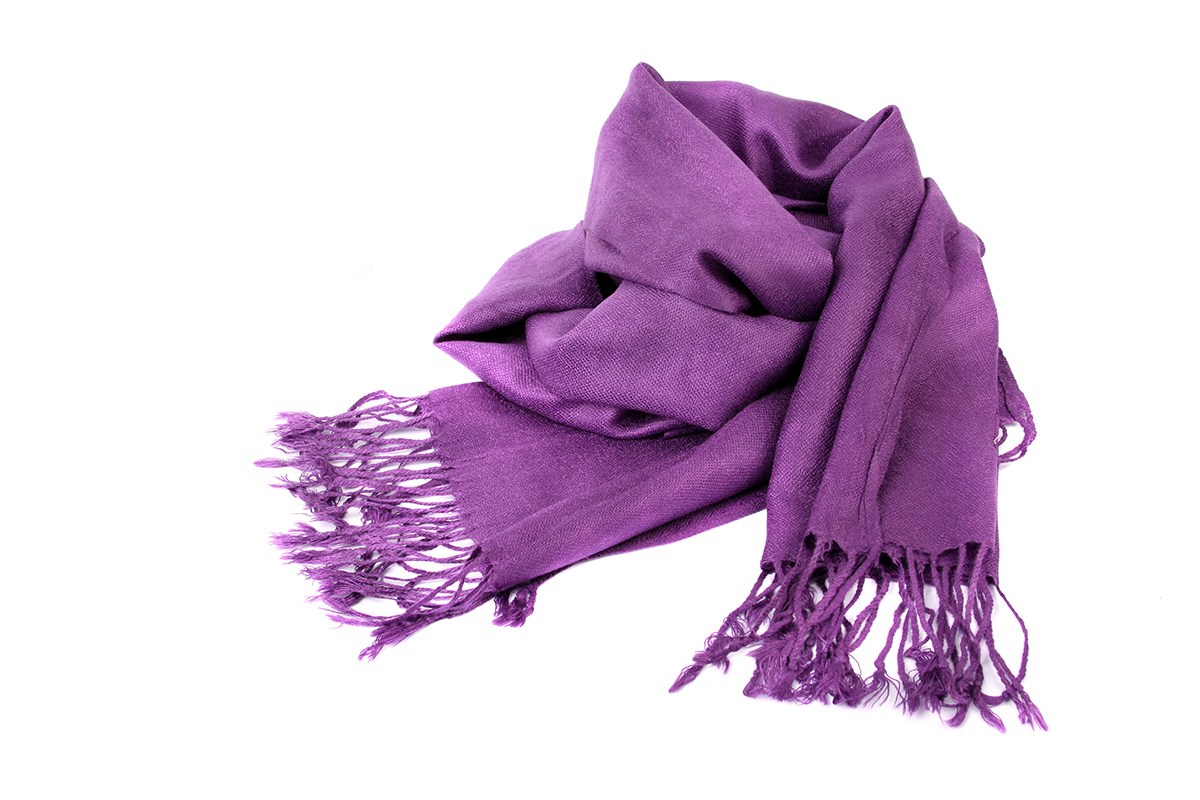Over the past couple of weeks the image of M’Chigeeng resident Juanita Migwans has been making the social media rounds. Ms. Migwans is only the most recent Indigenous woman to go missing without a trace, leaving behind friends and family, loved ones, desperate for any word or sign that she remains among the living.
November is Wrapped in Courage Month, established by the Ontario Association of Interval and Transition Houses in 2013. The campaign “engages local communities throughout November with the support of gender-based violence services to build awareness, connect survivors to services and to call on decision makers about the social change that is needed.”
As the ongoing fears for the safety of Ms. Migwans clearly demonstrates, the issue of gender-based violence and its terrible impact on the lives of families has continued unabated.

A 2021 RCMP report noted that 1,017 women and girls identified as Indigenous were murdered between 1980 and 2012—a homicide rate roughly 4.5 times higher than that of all other women in Canada. In addition, that report states that as of November 2013, at least 105 Indigenous women and girls remained missing under suspicious circumstances or for undetermined reasons.
Over the intervening decade, those numbers have only increased.
Hardly an hour goes by without the posting of a police request for information on a missing women or girl in Ontario.
In 2023, Statistics Canada released a report showing that Indigenous women and girls were six times more likely to be murdered than other groups of people in Canada. When it comes to the general population, the numbers are startling and, may we stress, disheartening.
Rates for police-reported family violence (plus three percent) and intimate partner violence (plus one percent) increased in 2023. There were 139,020 victims of family violence and 123,319 victims (aged 12 years and older) of intimate partner violence that came to the attention of police—a rate of 350 victims of family violence and 354 victims of intimate partner violence for every 100,000 in population.
The rates of violent abuse for men and boys is also on the rise, but it remains that the bulk of those being victimized by abuse of all kinds are women or girls. The truly frightening thing is that experts agree that many victims of intimate partner abuse decline to report it—both male and female victims may feel it is a private family matter, while men and boys may be more reluctant to report due to a stigma surrounding male victims.
The most vulnerable for intimate partner violence remain women and girls between the ages of 12 and 24, and a disproportionate percentage of those are Indigenous. Seniors are also seeing a rise in violence and abuse being directed at them. These statistics hold true for all of the province but are even worse in the North.
Violence has no place in our society and it is incumbent upon each and every one of us to do our part to combat these trends. Whether it is by helping to raise awareness (wearing a purple scarf or tie is an easy entry point), contributing to support programs, and/or teaching our children well—there is something each of us can do to help turn this social travesty around.
This is a campaign that must extend far past the days and weeks of November. Each of us has a year-round duty to ensure that everyone, man, woman and child, gender fluid, Indigenous, non-Indigenous, gay, queer or non-binary can live in safety and peace.
Let’s roll up our sleeves and make violence a thing viewed solely through the rear-view mirror in this country.




